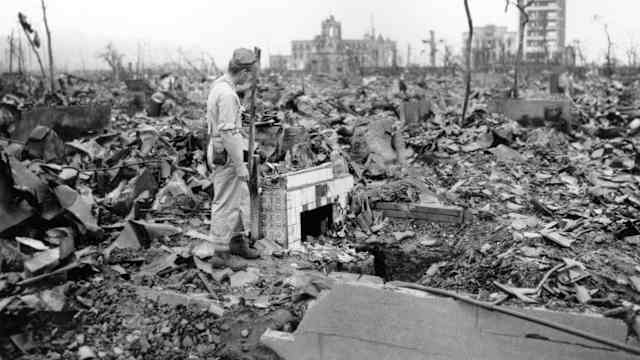It was an invasion worthy of a massive adversary. On November 30, 1939, half a million Soviet soldiers swarmed north, armed with tanks, bombs, machine guns and an astonishing number of troops. The conflict called the Winter War had begun—but the Soviet Union’s enemy wasn’t the war-mongering Third Reich. It was its relatively tiny Baltic Sea neighbor, Finland.
Outgunned, outnumbered, and taken by surprise, it seemed inevitable that Finland would have to concede to Joseph Stalin’s unpopular attempt to assert the Soviet Union’s power in the region. But for a brief moment, an unlikely ally seemed like it might save the day for Russia’s much smaller foe: sausage.
During a short engagement nicknamed the “Sausage War,” Finland struck back. And that momentary reversal in Soviet fortunes influenced more than empty stomachs—it helped convince Hitler that it might be worthwhile to try to invade Russia during the Second World War.









